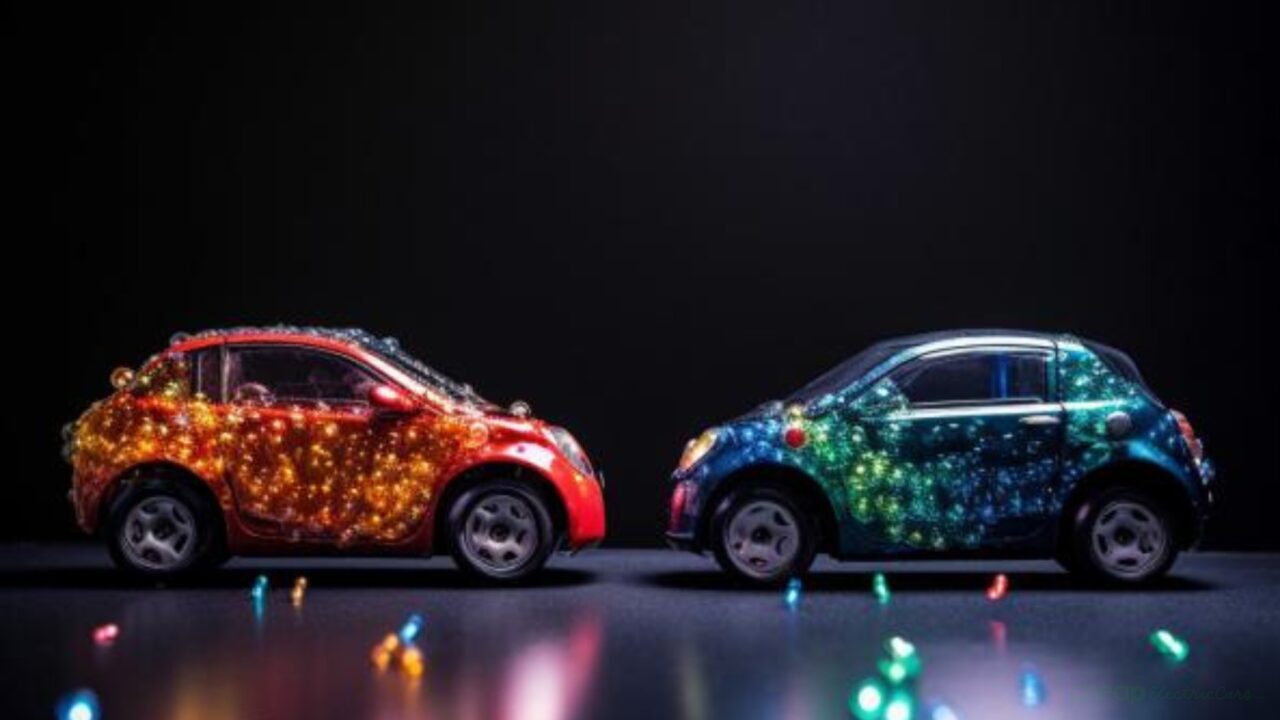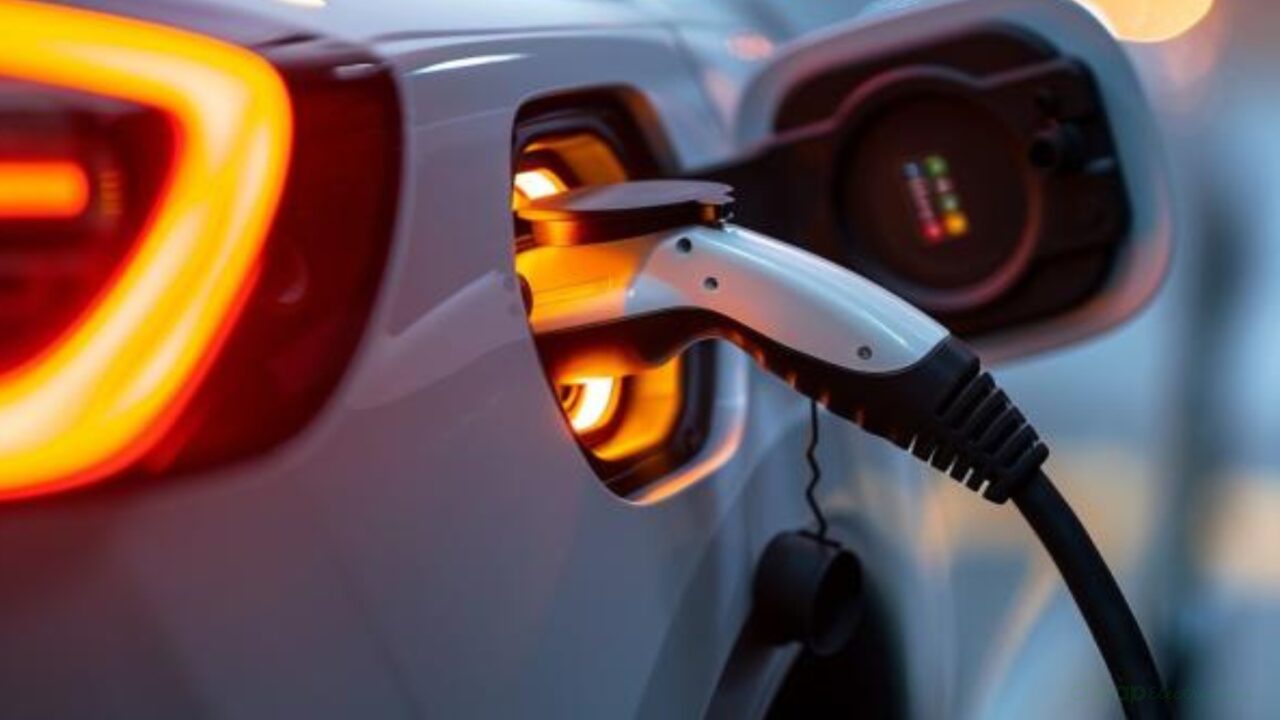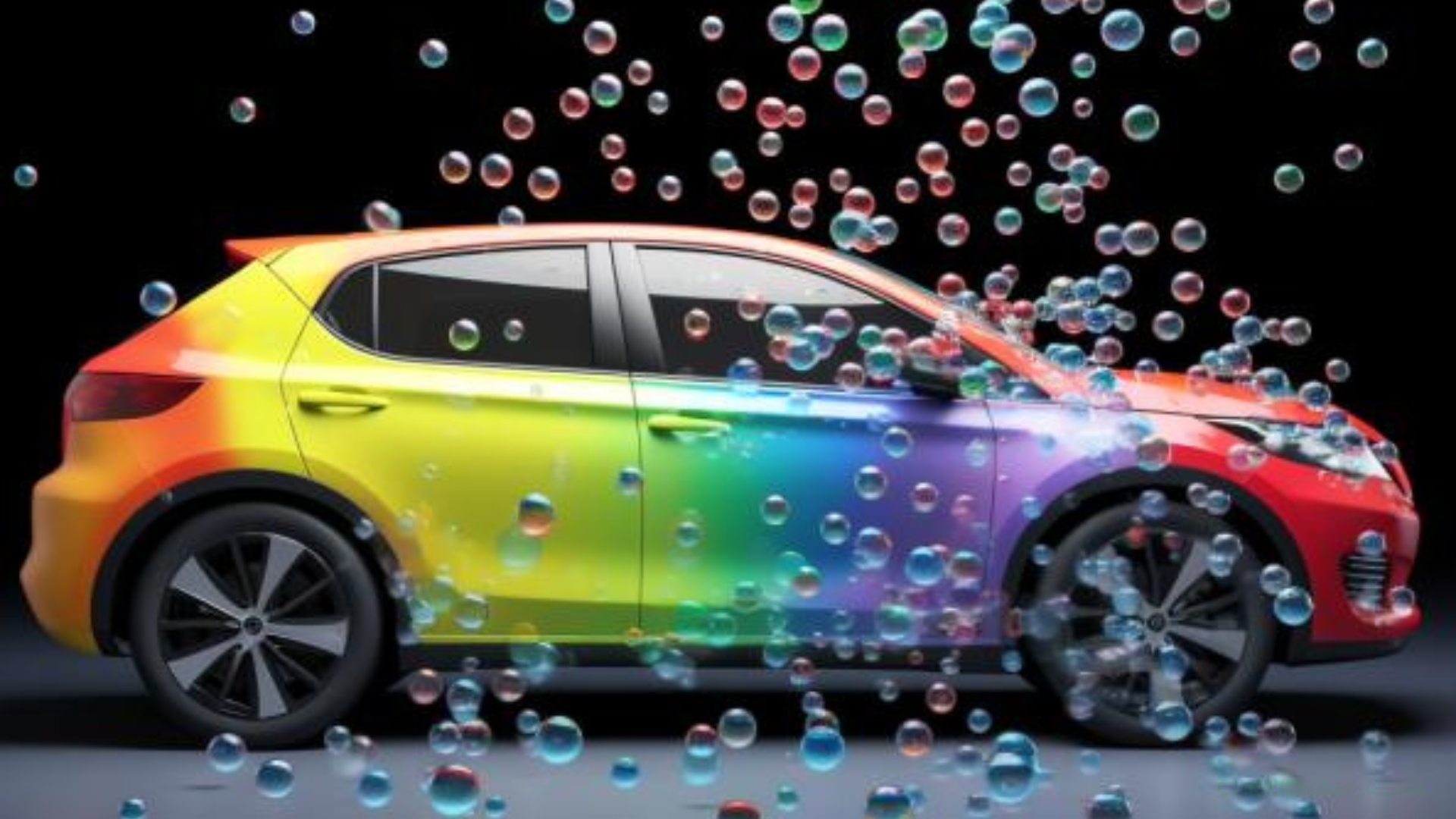Electric vehicles (EVs) outperform petrol cars in energy efficiency and help us drive towards a greener future.
When we talk about cars and how they use fuel or energy systems, there’s a big difference between petrol cars and electric cars (EVs). Imagine you have a bag of 100 energy marbles. If you put these marbles into a petrol car, you only get to use about 20 marbles to actually move the car.
The most efficient combustion engine car only achieves about 40. The other 60 marbles? They just disappear into thin air, mostly turning into heat because petrol cars aren’t very good at using energy efficiently.

Efficiency
Combustion engines in vehicles are notably inefficient, converting only about 40% of fuel energy means that for every £100 spent on fuel, less than £40 effectively powers the car, and much of the rest is lost in other forms of energy such as waste heat. This underscores the benefits of more energy-efficient alternatives.
Now, about electric cars with electric motors. If you give the same bag of 100 energy marbles to an electric car, according to fueleconomy.gov, it uses 77 marbles to move.
But that’s not all. It also has a cool trick called regenerative braking. This means when you slow down, the car can use this energy generation to catch some of the marbles used and put these amounts of energy back in the bag! So, you really end up using 89 marbles out of 100. That’s a lot better than the petrol car.

The transition to electric vehicles doesn’t just promise reduced energy waste; it also signals a profound shift towards the decarbonisation of transport. The common misconception that replacing petrol cars with EVs requires generating an equivalent amount of low-carbon electricity overlooks the significant efficiency gains of EVs.
In reality, the electricity needed could be substantially less, by a factor of four to five times, easing the transition to renewable energy sources. This all helps to reduce CO2 emissions.
Zero emissions
In the UK, there was a bit of a mix-up with some car ads. BMW and MG made ads that said their electric cars have “zero emissions.” But the Advertising Standards Authority (ASA), pointed out that while it’s true these cars don’t puff out smoke while driving, making and charging them does produce some emissions, especially if the electricity doesn’t come from green sources.
There are also some air pollutants from tyre wear which all vehicles emit. The ASA was concerned that saying “zero emissions” might make people think these cars are green from start to finish, which isn’t the whole story.
Losses whilst charging
Electric vehicles display remarkable efficiency in their energy use. During charging, there’s an approximate 16% energy loss from the wall power to the battery. Despite this, EVs still manage to deliver about 60%-65% of the electrical energy from the wall to the wheels.

This efficiency increases further when accounting for regenerative braking, which can boost the energy utilisation for travel to more than 80%. This high level of energy efficiency is a significant advantage of electric vehicles.
This whole thing shows that while electric cars are definitely a step in the right direction for the environment, it’s super important to be clear about what “green” claims really mean. That way, everyone knows exactly how they’re helping the planet when they choose an electric car.
If you need a more in-depth look at EVs, read our “Deep Dive” post here.
